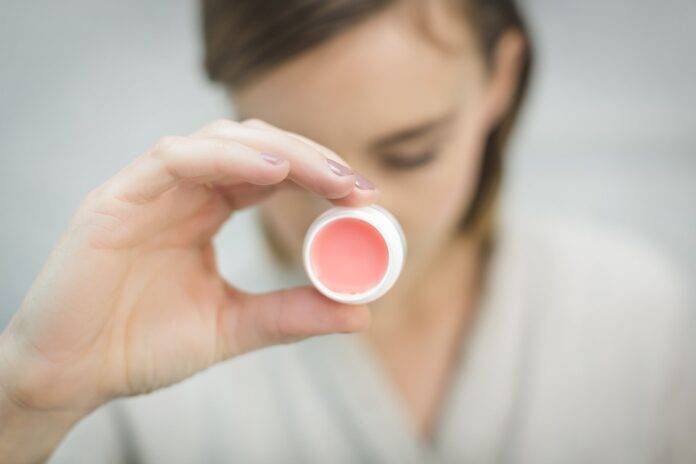Introduction
The organic beauty market has been experiencing a significant surge in popularity in recent years, with consumers becoming increasingly conscious of the ingredients in their skincare products. One particular trend that has been gaining traction in this market is edible lip care products. These products not only provide nourishment and hydration to the lips but also offer a safe and natural alternative to traditional lip balms and treatments.
Growing Demand for Edible Lip Care
Consumer Preference for Natural Ingredients
Consumers are becoming more aware of the potential harm that synthetic chemicals and additives in beauty products can cause. As a result, there is a growing preference for natural and organic ingredients in skincare products, including lip care. Edible lip care products, made from ingredients such as beeswax, coconut oil, and shea butter, are appealing to consumers looking for a safer and more sustainable option for lip care.
Rise of Clean Beauty Movement
The clean beauty movement, which emphasizes transparency and sustainability in beauty products, has also contributed to the increased demand for edible lip care. Consumers are seeking products that are free from harmful chemicals, artificial fragrances, and preservatives. Edible lip care products align with the principles of clean beauty, making them a popular choice among environmentally conscious consumers.
Market Trends and Analysis
Financial Data
According to market research firm Grand View Research, the global organic beauty market was valued at $14.8 billion in 2020 and is expected to reach $25.1 billion by 2025, with a compound annual growth rate (CAGR) of 11.4%. The growing demand for natural and organic beauty products, including edible lip care, is a significant driver of this market growth.
Industry Insights
Several beauty companies have recognized the potential of edible lip care products and have expanded their offerings in this category. Brands such as Burt’s Bees, EOS, and Lush have introduced edible lip balms and treatments made from organic and food-grade ingredients. These products are marketed as safe, nourishing, and environmentally friendly alternatives to traditional lip care products.
Key Benefits of Edible Lip Care Products
Nourishment and Hydration
Edible lip care products are formulated with natural ingredients that provide essential nutrients and hydration to the lips. Ingredients like coconut oil and shea butter help to moisturize and soften the lips, making them smoother and more supple. These products are particularly beneficial for individuals with dry or chapped lips.
Safety and Purity
Unlike traditional lip balms that may contain synthetic chemicals and additives, edible lip care products are made from pure and natural ingredients. Consumers can feel confident that they are not exposing their lips to potentially harmful substances when using these products. This safety and purity factor is a key selling point for edible lip care brands.
Future Outlook
Growth Potential in the Organic Beauty Market
The demand for organic beauty products, including edible lip care, is expected to continue growing in the coming years. As consumers become more educated about the benefits of natural ingredients and clean beauty practices, they are likely to seek out products that align with these values. Edible lip care brands that prioritize sustainability, transparency, and efficacy are well-positioned to capitalize on this trend.
Innovation and Product Development
To stay competitive in the organic beauty market, companies will need to focus on innovation and product development. This includes researching and incorporating new natural ingredients, improving product efficacy, and enhancing packaging and branding. By staying ahead of consumer trends and preferences, edible lip care brands can maintain their relevance and appeal in the market.
In conclusion, edible lip care products are a growing trend in the organic beauty market, driven by consumer demand for natural, safe, and effective skincare solutions. As the market continues to expand, companies that prioritize sustainability, transparency, and innovation will be well-positioned to succeed in this competitive landscape.


